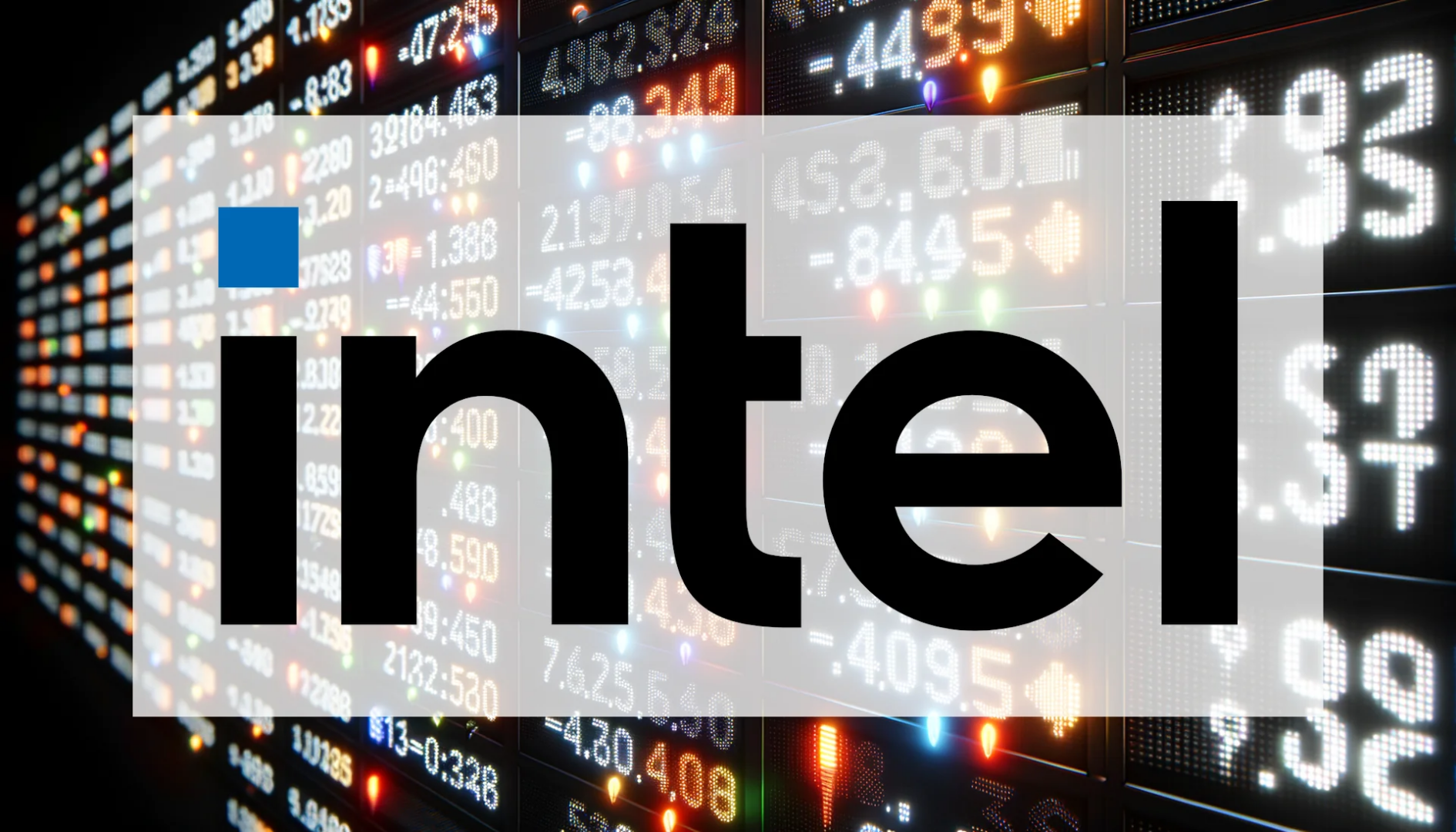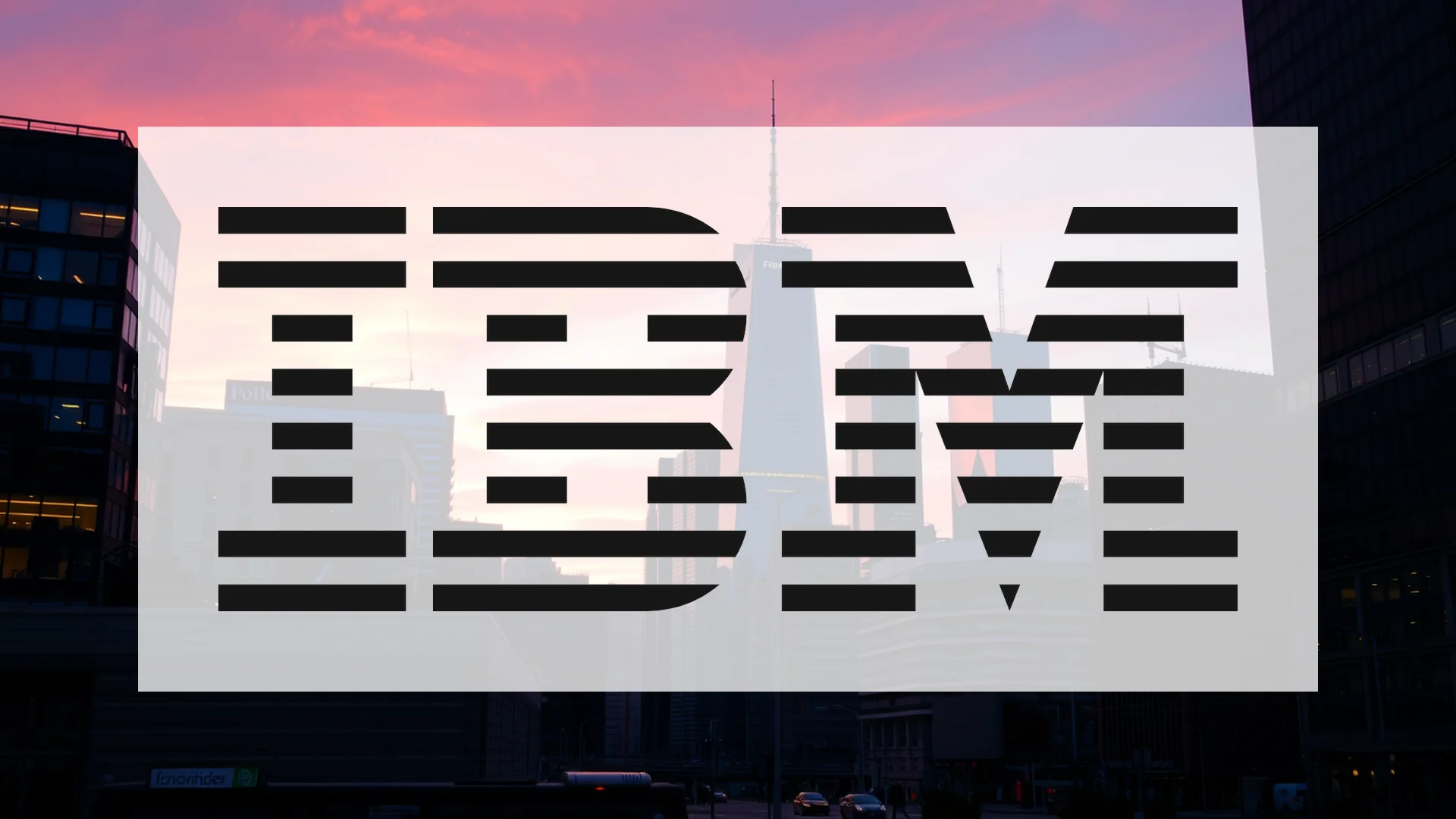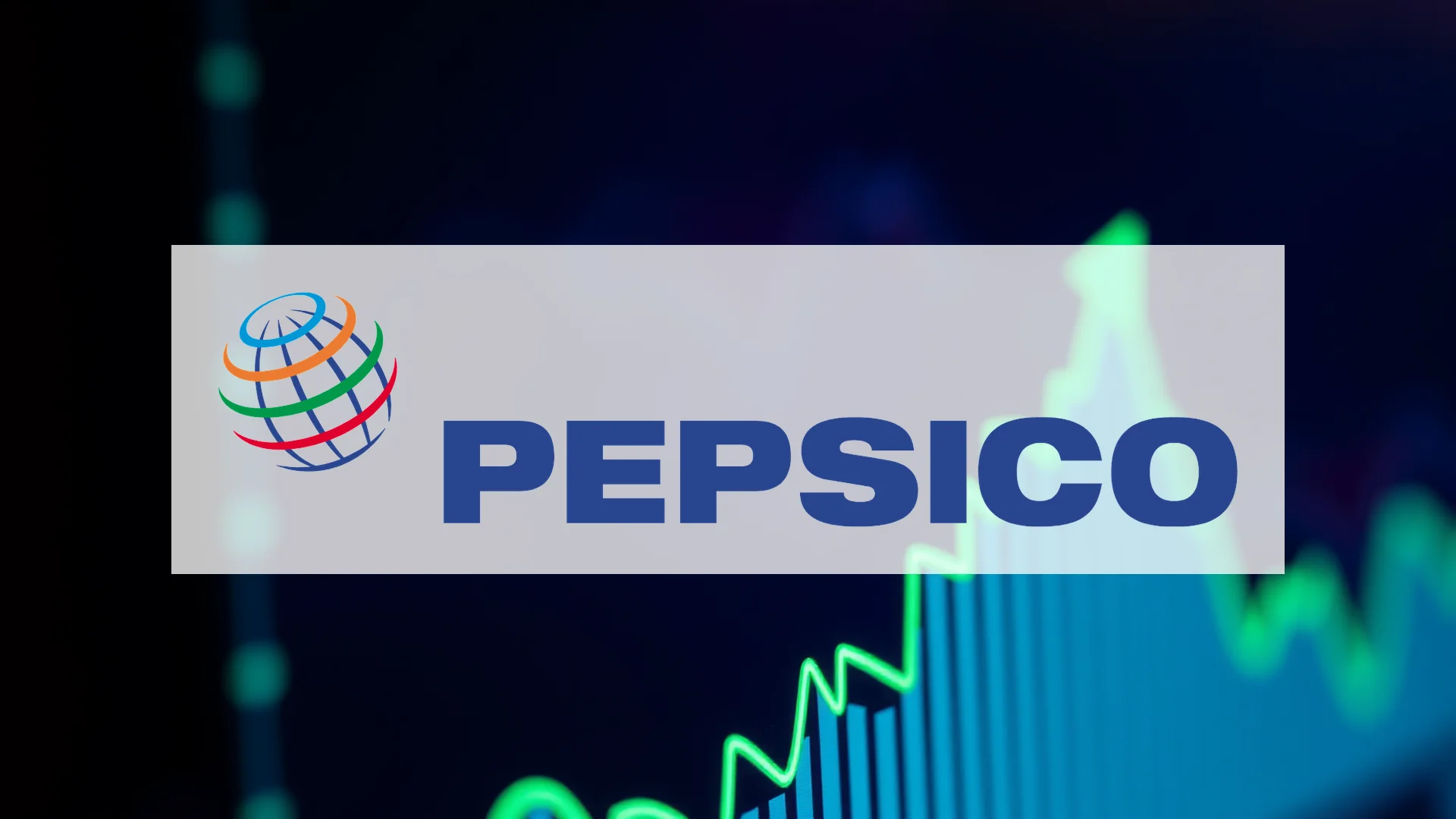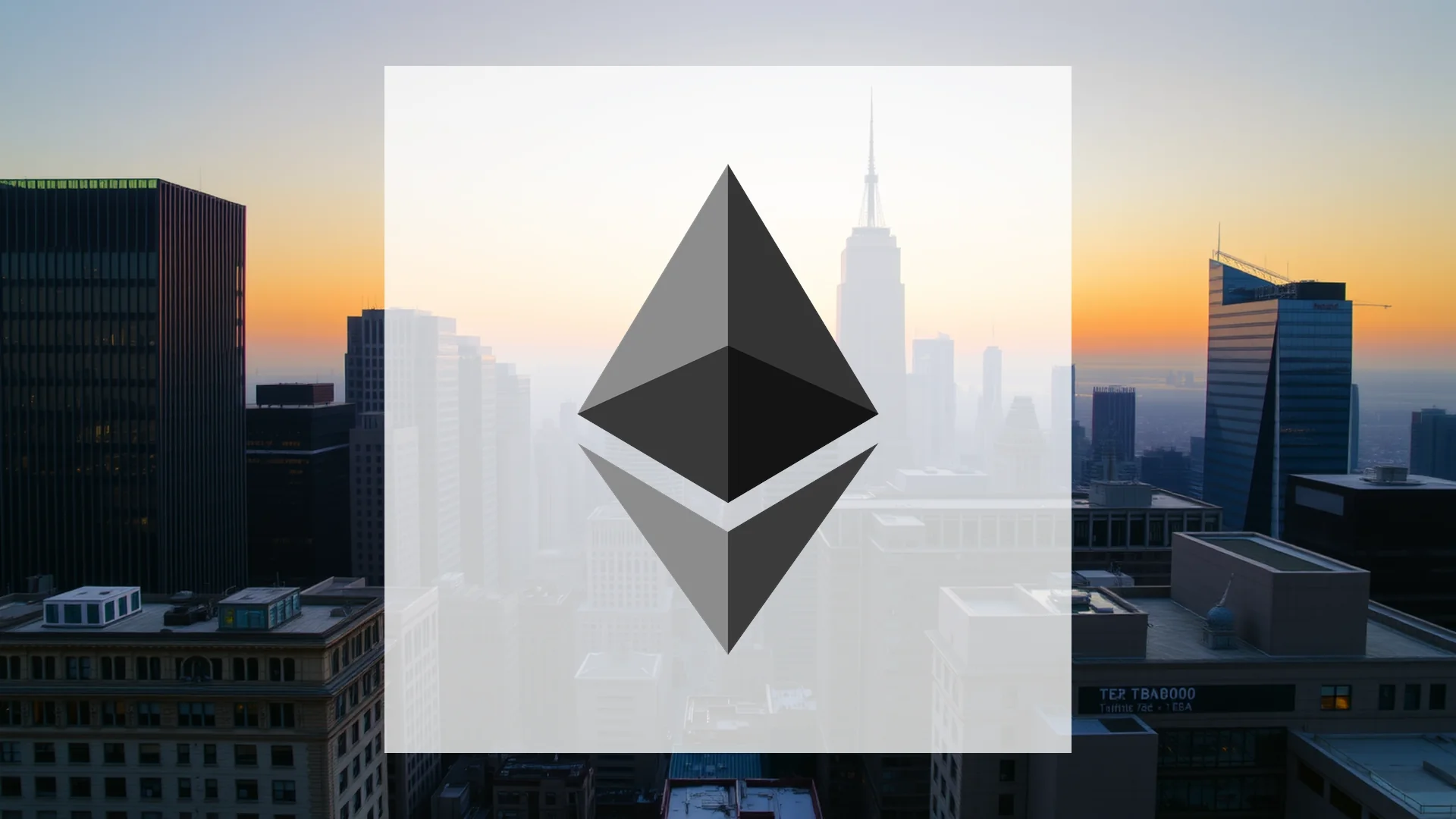The semiconductor industry represents a high-stakes strategic contest, with few rivalries as compelling as the enduring competition between Intel and Advanced Micro Devices. This decades-long contest has evolved from a battle for processor market share into a decisive struggle for leadership in the artificial intelligence era. Advanced Micro Devices currently rides a powerful growth wave, aggressively expanding within data center and AI markets, while Intel, under refreshed leadership, executes a multi-year recovery plan. The contrast is striking: one company demonstrates aggressive expansion and record performance, while its competitor, a former industry titan, pursues an ambitious restructuring. Investors face a critical question—should they back the established momentum leader or bet on the potential revival of a semiconductor giant?
Financial Performance: Divergent Trajectories
Recent quarterly results paint dramatically different pictures for these chipmakers. AMD reported exceptional third-quarter 2025 results, with revenue reaching $9.2 billion—a 36% year-over-year increase. The company’s data center and client computing segments showed particularly robust expansion. During its November 11, 2025 Financial Analyst Day, CEO Lisa Su outlined ambitious targets, projecting annual revenue growth exceeding 35% over the next three to five years. The AI data center business alone is forecast to expand by over 80% annually.
Intel, meanwhile, navigates the complexities of its corporate transformation. Third-quarter 2025 revenue reached $13.7 billion, modestly exceeding analyst expectations but representing only 3% annual growth. Beneath these figures lie significant challenges: the company is eliminating approximately 15% of positions, canceling planned projects, and absorbing substantial restructuring charges recorded in the previous quarter. Management describes these measures as essential for improving efficiency, but the reality remains that billions in investments toward foundry services and new manufacturing technologies like the 18A process continue pressure profitability.
| Metric | Intel (INTC) | AMD (AMD) |
|---|---|---|
| Market Capitalization | ~$176.54B | ~$386.69B |
| Forward P/E Ratio | ~59.46 | ~56.00 |
| Revenue (Q3 2025) | $13.7B | $9.2B |
| Revenue Growth (YoY) | +3% | +36% |
| Adjusted EPS (Q3 2025) | $0.23 | $1.20 |
Data as of mid-November 2025
Operational Models: Foundry Ambitions Versus Fabless Agility
These competitors operate under fundamentally different business structures. Intel maintains its legacy Integrated Device Manufacturer model, handling both chip design and manufacturing internally. This vertical integration historically provided complete process control and significant scale advantages. Primary revenue drivers include the Client Computing Group for laptop and desktop processors and the Data Center and AI Group featuring Xeon server processors. However, production delays forced strategic adaptation—Intel now opens its fabrication plants to external chip designers, aspiring to challenge industry leader TSMC in the foundry space.
AMD operates with a fabless approach, concentrating exclusively on semiconductor design and marketing while outsourcing capital-intensive manufacturing to third-party specialists like TSMC. This strategic choice creates operational flexibility, reduces fixed costs, and provides access to cutting-edge production technologies. AMD’s business segments include data centers, client computing, gaming, and embedded systems. The data center unit with EPYC server processors demonstrates exceptional momentum, alongside the semi-custom segment supplying chips for PlayStation and Xbox consoles. This focus on high-growth markets has delivered substantial market share gains.
Artificial Intelligence Strategies
Recent developments have highlighted AMD’s strategic positioning. The company’s Financial Analyst Day generated significant market enthusiasm, sending shares sharply higher. AMD presented comprehensive product roadmaps for Instinct AI accelerators and EPYC server CPUs, outlining a clear strategy to capture meaningful share within the trillion-dollar AI market. Financial institutions including Evercore ISI, Melius Research, and BofA Securities responded by raising price targets and praising AMD’s competitive positioning and market share progression.
Intel’s approach centers on foundational changes with longer-term horizons. The company places substantial bets on its Intel Foundry Services division and an ambitious plan to deliver five process nodes within four years, culminating with 18A and 14A technologies intended to restore manufacturing leadership. Industry reports suggesting potential chip manufacturing agreements between Intel and AMD signal remarkable strategic evolution. Many analysts maintain “Hold” ratings, though some increased price targets following better-than-expected Q3 results. The restructuring shows early promise, but Intel faces enormous execution challenges in maintaining its complex manufacturing timeline while defending against competitive pressures.
Strategic Directions and Future Outlook
AMD maintains laser-focused concentration on high-performance computing and artificial intelligence. The company leverages its comprehensive portfolio of CPUs, GPUs, and adaptive computing solutions to deepen penetration within the data center market—projected by AMD to reach $1 trillion by 2030. Its lean fabless model facilitates rapid innovation cycles, with multi-year product roadmaps designed to continuously challenge competitors on performance and efficiency metrics. AMD targets 40% market share in client computing while expanding within AI-enabled PCs and embedded systems.
Intel’s strategy represents a complex two-front campaign. The company must first stabilize its core business with competitive processors for client and server markets, where the success of upcoming “Panther Lake” and “Clearwater Forest” chips based on the 18A process remains critical. Simultaneously, Intel must build and scale its foundry operations—a massive undertaking requiring convincing major external clients to utilize Intel’s manufacturing capabilities. This “IDM 2.0” strategy consumes significant capital and carries execution risk, though success could establish a resilient business model and create secure Western semiconductor supply chains.
Comparative Investment Analysis
Intel – The Transformation Opportunity:
Upside Potential: Successful execution of the restructuring and foundry strategy could restore Intel’s historical strength. The 18A manufacturing technology may reclaim process leadership. Government support through the CHIPS Act strengthens domestic production capabilities. Should the turnaround succeed, substantial appreciation potential exists.
Downside Risks: Significant execution challenges surround new process node development. Intense competition from AMD and others across all core markets. Heavy foundry investment continues pressuring financial performance. Further market share erosion remains possible if delays occur.
AMD – The Momentum Leader:
Upside Potential: Continuous market share gains within lucrative data center segment. Powerful momentum in high-growth AI accelerator market. Agile fabless model enables rapid technological advancement. Diversified revenue streams from client, gaming, and embedded systems.
Downside Risks: Substantial manufacturing dependency on TSMC. Fierce competition from Intel’s potential recovery and Nvidia in AI segments. Elevated valuation requires sustained strong growth. Economic downturn could impact PC and gaming demand.
Investment Decision: Growth Momentum Versus Turnaround Potential
The choice between Intel and AMD presents investors with a classic investment dilemma. AMD represents the momentum opportunity—a company performing strongly across all segments with clear, aggressive strategy targeting the semiconductor industry’s most profitable areas. The Financial Analyst Day reinforced perceptions of a confident enterprise positioned for sustained rapid expansion. Wall Street consensus supports an investment thesis based on continued exceptional execution and competitive relevance within the AI arms race.
Intel constitutes a deep-value proposition carrying higher risk with potentially substantial rewards. The path forward remains challenging, requiring nearly flawless implementation of one of corporate America’s most ambitious turnarounds. Intel investors bet that the former champion retains sufficient resources, engineering talent, and strategic importance to overcome recent setbacks and return to industry leadership. Success is far from guaranteed—but should the new strategy deliver, the appreciation potential could prove considerable.
Ultimately, investment selection depends on risk tolerance: confidence in sustained momentum versus belief in historic corporate recovery.
Ad
Intel Stock: Buy or Sell?! New Intel Analysis from November 15 delivers the answer:
The latest Intel figures speak for themselves: Urgent action needed for Intel investors. Is it worth buying or should you sell? Find out what to do now in the current free analysis from November 15.
Intel: Buy or sell? Read more here...










